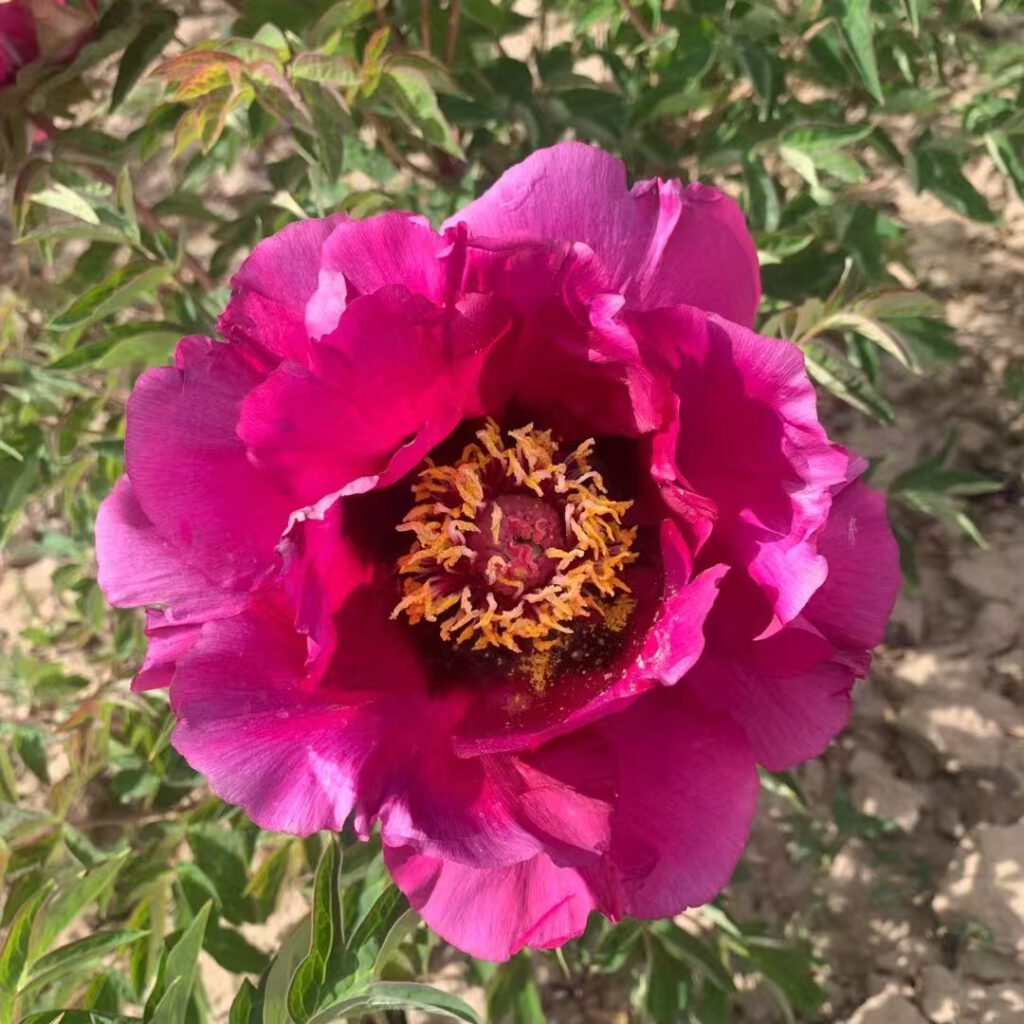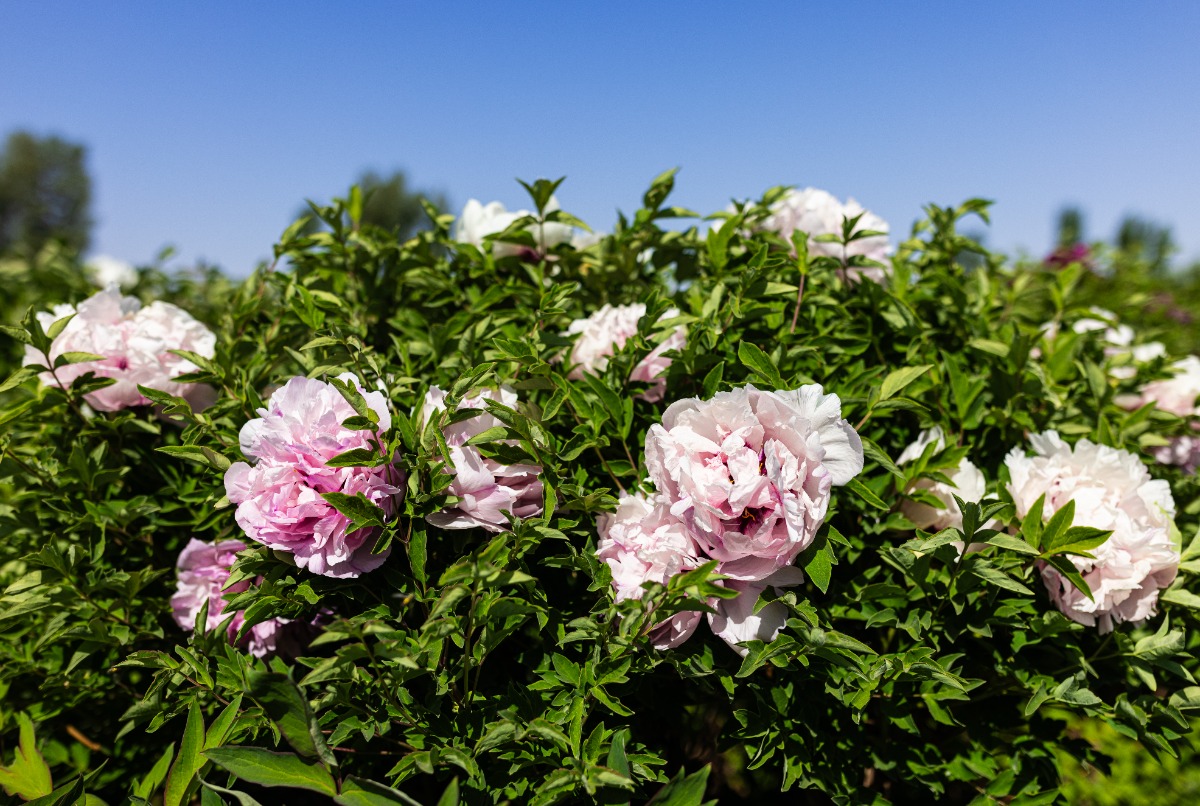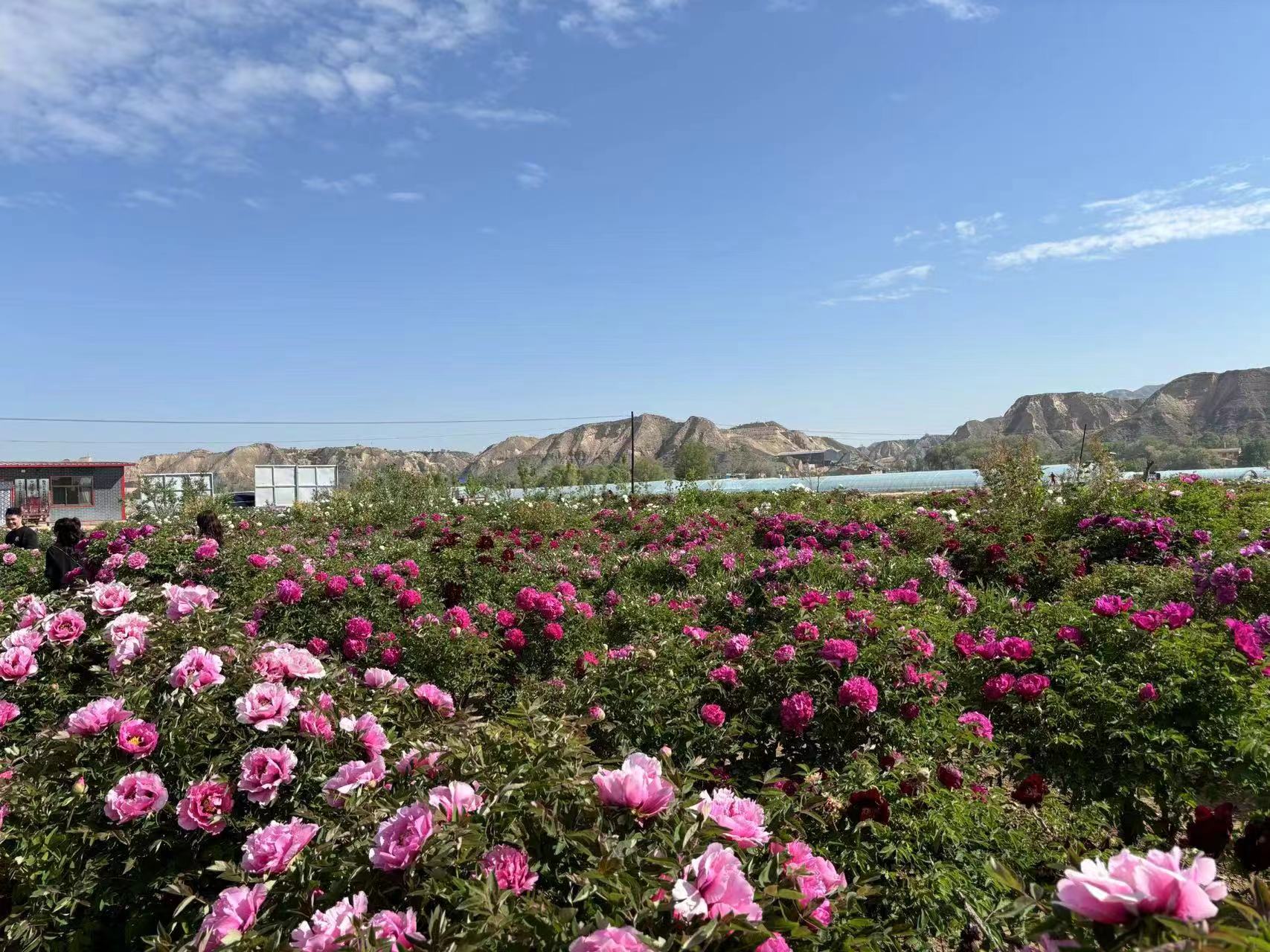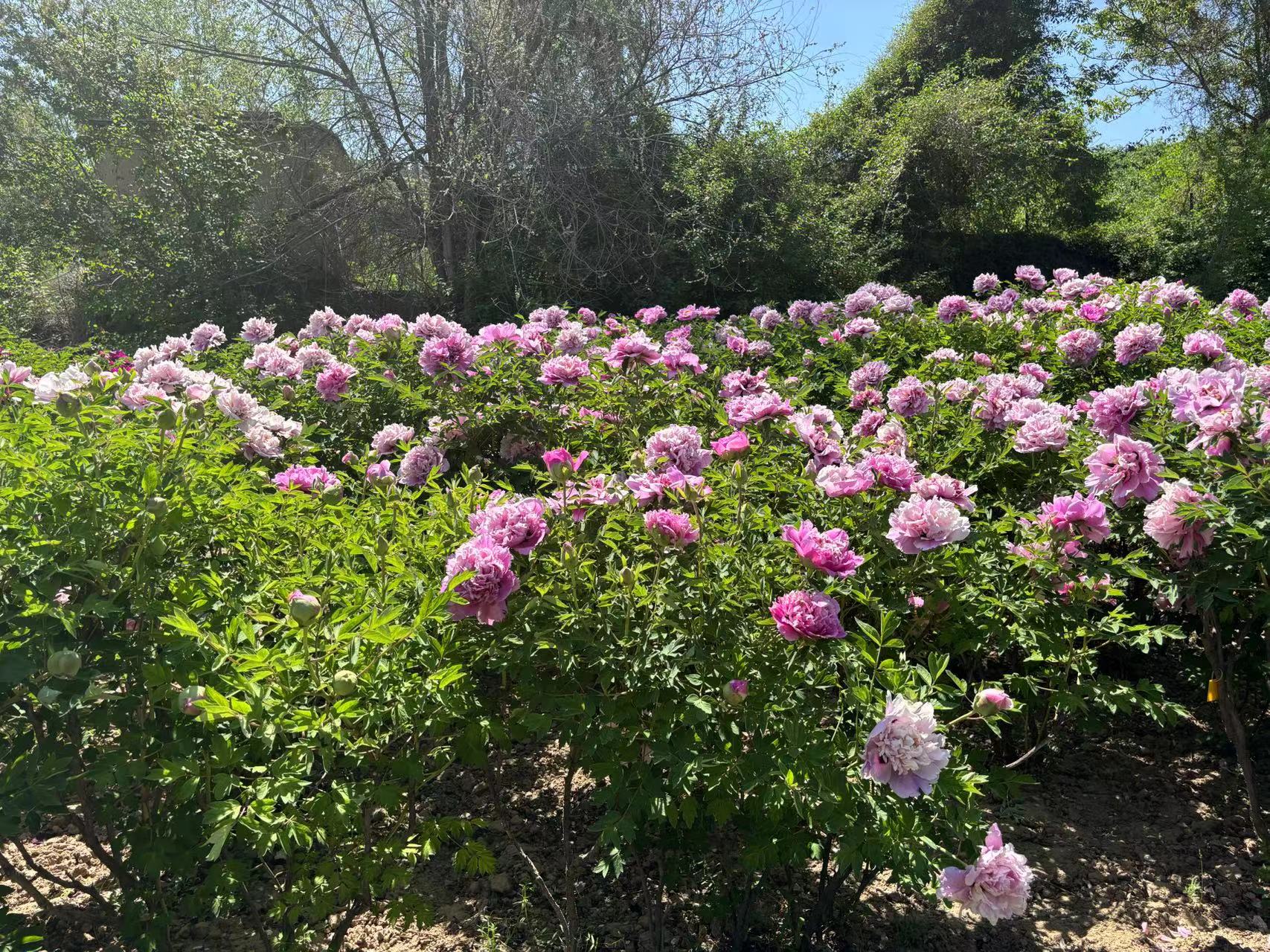Paeonia rockii, also known as Rock’s Tree Peony, is one of the most resilient peony varieties in the world. Native to the mountainous regions of Gansu and Shaanxi in China, it has evolved to survive harsh winters and dramatic temperature changes — making it an ideal choice for gardeners in cold climates.

1. Naturally Cold-Hardy
Unlike herbaceous peonies or other tender ornamentals, Paeonia rockii is a true woody shrub that can withstand extreme cold, with mature plants tolerating temperatures as low as -25°C (-13°F).
Its thick woody stems and deep root system store nutrients and energy during dormancy, ensuring the plant remains healthy throughout the winter months.
2. Enters Deep Dormancy in Winter
During late autumn, the above-ground parts of the tree peony stop growing and enter a natural dormancy period. The roots remain alive underground, while the branches conserve energy.
Because of this natural cycle, no artificial insulation or wrapping is required — the plant essentially “sleeps” through the cold.
3. Excellent Adaptability to Outdoor Conditions
Paeonia rockii adapts easily to a wide range of environments, from high mountain plateaus to European and North American gardens.
As long as the soil is well-draining and not waterlogged, it resists frost damage and spring root rot, which are often caused by poor drainage rather than low temperatures.
4. Benefits from Cold Exposure
Interestingly, a period of cold dormancy actually stimulates flower bud development. Exposure to low temperatures during winter helps trigger abundant blooming the following spring — one of the reasons Paeonia rockii produces such large, fragrant flowers each year.
5. Minimal Care Recommendation
Even though winter protection is unnecessary, gardeners can follow a few simple practices:
- Avoid overwatering before frost.
- Remove fallen leaves to prevent fungal growth.
- Apply a thin layer of mulch only in very exposed, windy areas.
In Summary
Paeonia rockii’s exceptional cold resistance, natural dormancy, and adaptability make it a low-maintenance yet luxurious addition to any temperate garden.
Its ability to thrive without winter protection not only reduces effort but also demonstrates the plant’s powerful connection to its rugged mountain origins.






